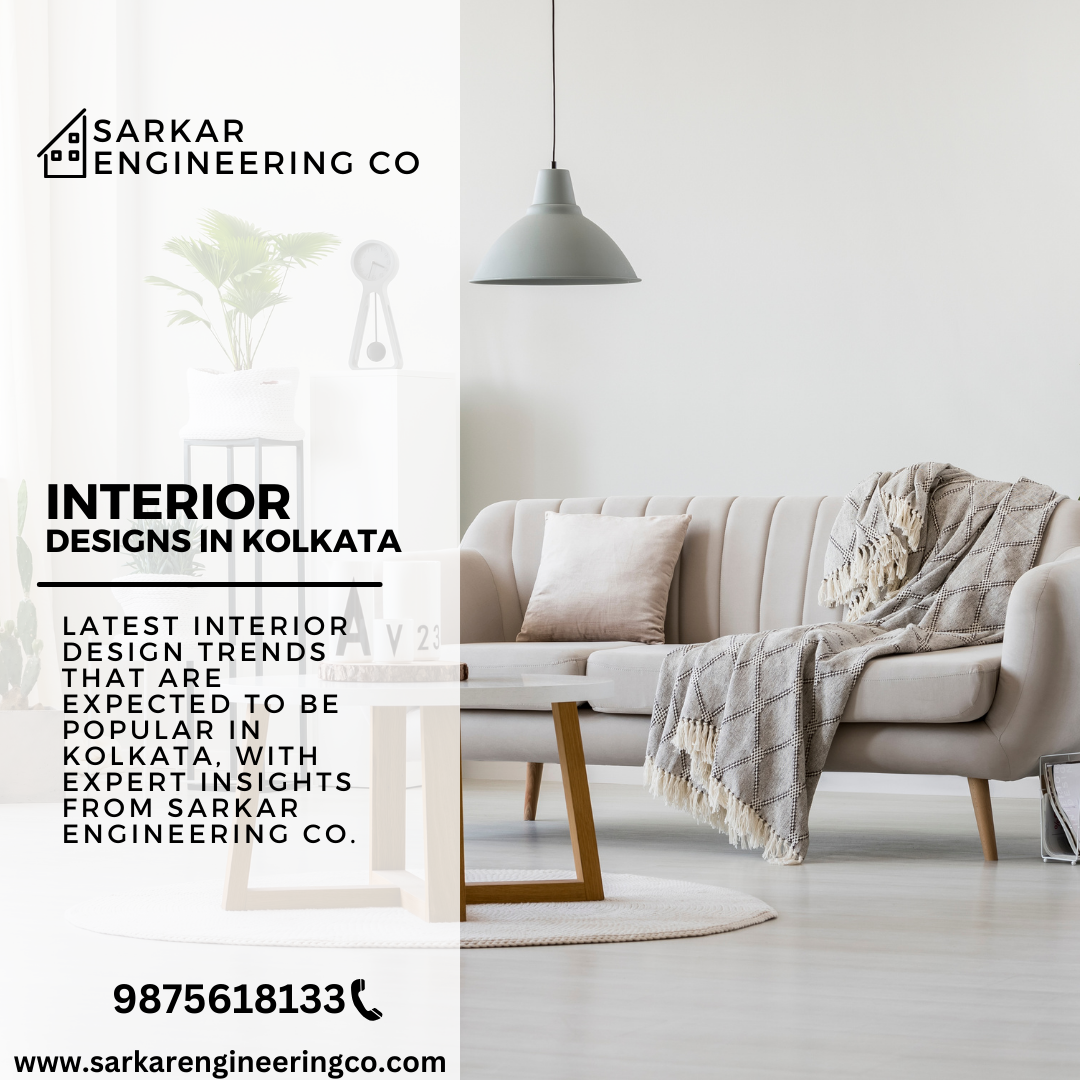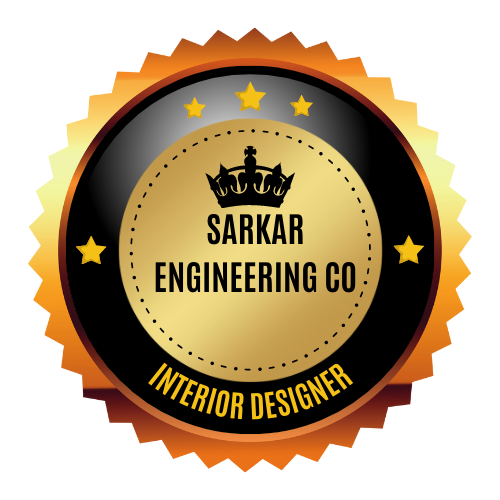






Interior design is both a creative and technical process aimed at enhancing the interior spaces of buildings to achieve a more aesthetically pleasing and functional environment. Here’s how it typically works: 1. **Understanding Client Needs:** The process begins with a thorough understanding of the client’s requirements, preferences, budget, and functional needs for the space. 2. **Concept Development:** Based on the client brief, the interior designer develops initial concepts and ideas. This may include creating mood boards, sketches, or digital renderings to visualize the proposed design. 3. **Space Planning:** The designer then plans the layout of the space, considering factors such as traffic flow, functionality, and ergonomic considerations. This step involves determining the placement of furniture, fixtures, and other elements to optimize the use of space. 4. **Selection of Materials and Finishes:** Interior designers choose appropriate materials, finishes, colors, and textures that align with the client’s vision and functional requirements. This includes selecting flooring, wall coverings, furniture, lighting fixtures, and accessories. 5. **Detailed Design Development:** Once the concept and materials are approved, the designer creates detailed drawings and specifications. These documents provide guidance to contractors and craftsmen during the implementation phase. 6. **Coordination and Collaboration:** Interior designers often work closely with architects, contractors, and other professionals involved in the project to ensure that the design is executed according to plan and meets quality standards. 7. **Implementation and Project Management:** During the construction or renovation phase, the designer oversees the installation of furnishings, fixtures, and finishes. They may also manage timelines, budgets, and resolve any on-site issues that may arise. 8. **Decoration and Styling:** The final touches involve styling the space with accessories, artwork, and décor items that enhance the overall aesthetic and reflect the client’s personality and taste. 9. **Completion and Handover:** Once the project is complete, the designer conducts a final inspection to ensure everything meets expectations. The space is then handed over to the client, often with recommendations for maintenance and care. Throughout this process, interior designers leverage their creativity, knowledge of design principles, and technical expertise to transform ordinary spaces into functional, aesthetically pleasing environments that improve quality of life and well-being for the occupants.
The cost of decor and interior design can vary widely depending on several factors: 1. **Scope of the Project:** The size and complexity of the project greatly influence costs. Larger spaces or projects that involve extensive renovations or custom designs typically require more resources and thus incur higher costs. 2. **Design Complexity:** The level of customization and intricacy in the design also affects costs. Custom-built furniture, unique architectural elements, and specialized finishes often come with a higher price tag compared to off-the-shelf alternatives. 3. **Materials and Finishes:** The selection of materials, finishes, and furnishings plays a significant role in cost. High-quality materials such as hardwood flooring, natural stone countertops, designer fabrics, and premium paint brands can increase expenses. 4. **Labor and Professional Fees:** Fees for interior designers, decorators, architects, and contractors contribute to overall costs. These professionals charge based on their experience, reputation, and the scope of services provided. 5. **Location:** The geographical location of the project can impact costs due to differences in labor rates, availability of materials, and local regulations. 6. **Timeline:** The urgency of the project and any expedited timelines can lead to additional costs, as it may require overtime labor or rush orders for materials. 7. **Additional Services:** Additional services such as structural modifications, electrical or plumbing work, or specialized installations (e.g., smart home technology) will add to the overall cost. To give a rough estimate, interior design and decor costs can range from a few thousand dollars for simpler projects to hundreds of thousands or even millions for high-end, luxury designs. It's essential for clients to discuss their budget constraints early on with their interior designer or decorator to ensure that the proposed design aligns with their financial expectations.
The time spent on the interior design process can vary widely depending on several factors: 1. **Project Complexity:** Simple projects, such as redecorating a single room with existing furniture, may take a few weeks to complete. On the other hand, complex projects involving extensive renovations or new construction can span several months or even years. 2. **Scope of Work:** The size and scope of the project significantly influence the timeline. Larger spaces or projects that involve multiple rooms, custom designs, or significant structural changes will naturally require more time. 3. **Client Requirements:** The timeline can also be influenced by the client's specific requirements and preferences. If there are detailed customization requests, multiple design revisions, or approvals needed from various stakeholders, the process may take longer. 4. **Coordination and Collaboration:** The time required for coordinating with architects, contractors, suppliers, and other professionals involved in the project can impact the overall timeline. Effective communication and coordination are crucial to ensure smooth progress. 5. **Availability of Materials and Resources:** Delays in sourcing materials, furnishings, or finishes can extend the project timeline. Factors such as lead times, availability of specialized items, and shipping or delivery schedules should be considered in project planning. Typically, the interior design process follows a structured timeline that includes phases such as initial consultations and concept development, detailed design and documentation, procurement and implementation, and finally, the completion and handover. For a moderate-sized project, the entire process may range from a few months to a year or more, depending on the factors mentioned above. It's essential for both the client and the design team to establish realistic timelines and milestones at the beginning of the project to ensure that expectations are managed and the project progresses smoothly toward completion.
Anim pariatur cliche reprehenderit, enim eiusmod high life accusamus terry richardson ad squid. 3 wolf moon officia aute, non cupidatat skateboard dolor brunch. Food truck quinoa nesciunt laborum eiusmod. Brunch 3 wolf moon tempor


















